Pilot Operated Valves vs. Relief Valves: Understanding the Key Differences
2024-06-06In the realm of fluid control systems, valves play a crucial role in regulating pressure, flow, and direction. Among the diverse types of valves, pilot operated valves (POVs) and relief valves (RVs) stand out as essential components for ensuring safety and optimal performance. While both serve the purpose of managing pressure, they differ in their operating mechanisms and applications.
Pilot Operated Valves: A Precise and Controlled Approach
Pilot operated valves, also known as balanced valves, employ an auxiliary pilot valve to control a larger main valve. This two-stage design offers several advantages:
Precise Pressure Regulation: POVs provide exceptionally precise pressure control, making them ideal for applications where exact pressure regulation is critical.
Reduced Wear and Tear: The pilot valve shields the main valve from direct exposure to system pressure, minimizing wear and tear and extending valve lifespan.
Superior Sealing: POVs maintain a tight seal even as system pressure approaches the set pressure, preventing leakage and ensuring system integrity.
Versatility in Applications: POVs are versatile and can handle a wide range of pressures, fluids, and operating conditions.
Relief Valves: Protecting Systems from Overpressure
Relief valves, also known as safety valves, serve as a safety net for fluid systems, preventing overpressurization and potential hazards. They operate by automatically opening when system pressure exceeds a predetermined setpoint, releasing excess pressure to safeguard the system.
Rapid Pressure Relief: RVs offer rapid pressure relief, effectively protecting systems from sudden pressure surges.
Simplicity of Design: RVs are relatively simple in design, making them easy to install, maintain, and troubleshoot.
Cost-Effective Solution: RVs are generally more cost-effective compared to POVs.
Choosing the Right Valve for Your Needs
The choice between a pilot operated valve and a relief valve depends on the specific application and performance requirements. Here's a summary to guide your decision:
For precise pressure control and applications requiring minimal leakage, POVs are the preferred choice.
For overpressure protection and rapid pressure relief in cost-sensitive applications, RVs are the ideal solution.




